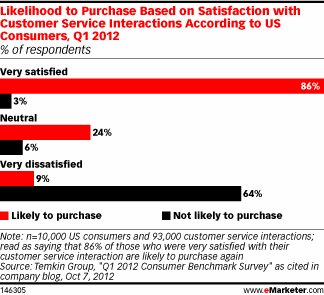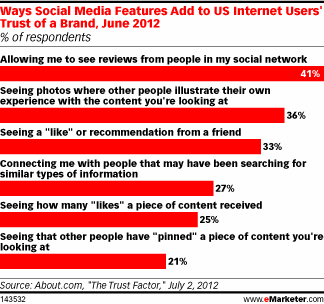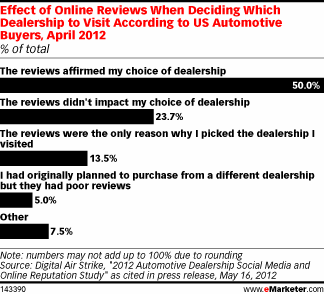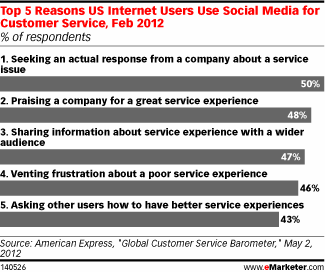 The rise of the internet has meant big changes for customer service, according to a new eMarketer report, “Multichannel Customer Service: Best Practices for Building Retail Loyalty.” Consumers today have an array of digital customer service tools at their disposal, the newest of which include live chat, social networks and smartphones.
The rise of the internet has meant big changes for customer service, according to a new eMarketer report, “Multichannel Customer Service: Best Practices for Building Retail Loyalty.” Consumers today have an array of digital customer service tools at their disposal, the newest of which include live chat, social networks and smartphones.
And the stakes are high for retailers trying to keep up. Consumers are quick to punish retailers that do not meet their customer expectations—and reward those that do.
Findings from a Q1 2012 study by the Temkin Group, a customer experience research and consulting firm, showed that customers are loyal to businesses that provide good customer service. Some 86% of survey respondents who reported being very satisfied with their most recent customer service interaction with a company were likely to repurchase, as opposed to only 9% who said they would likely purchase again after being very dissatisfied with their customer service experience.
et another benefit of good service is that satisfied customers become brand advocates who refer other people to the company. A 2012 American Express study found that 48% of internet users told other people “all the time” about a good customer service experience with a business. The survey also found that people were roughly as likely to share their poor customer service experiences.
But consumers have different expectations and preferences for customer service depending on where they are in the purchase journey and the types of questions they have. A 2012 global customer experience study sponsored by Capgemini found that social media was most important in the awareness stage (learning about products and promotions), while smartphones were most valuable in the delivery and after-sales care stages.









